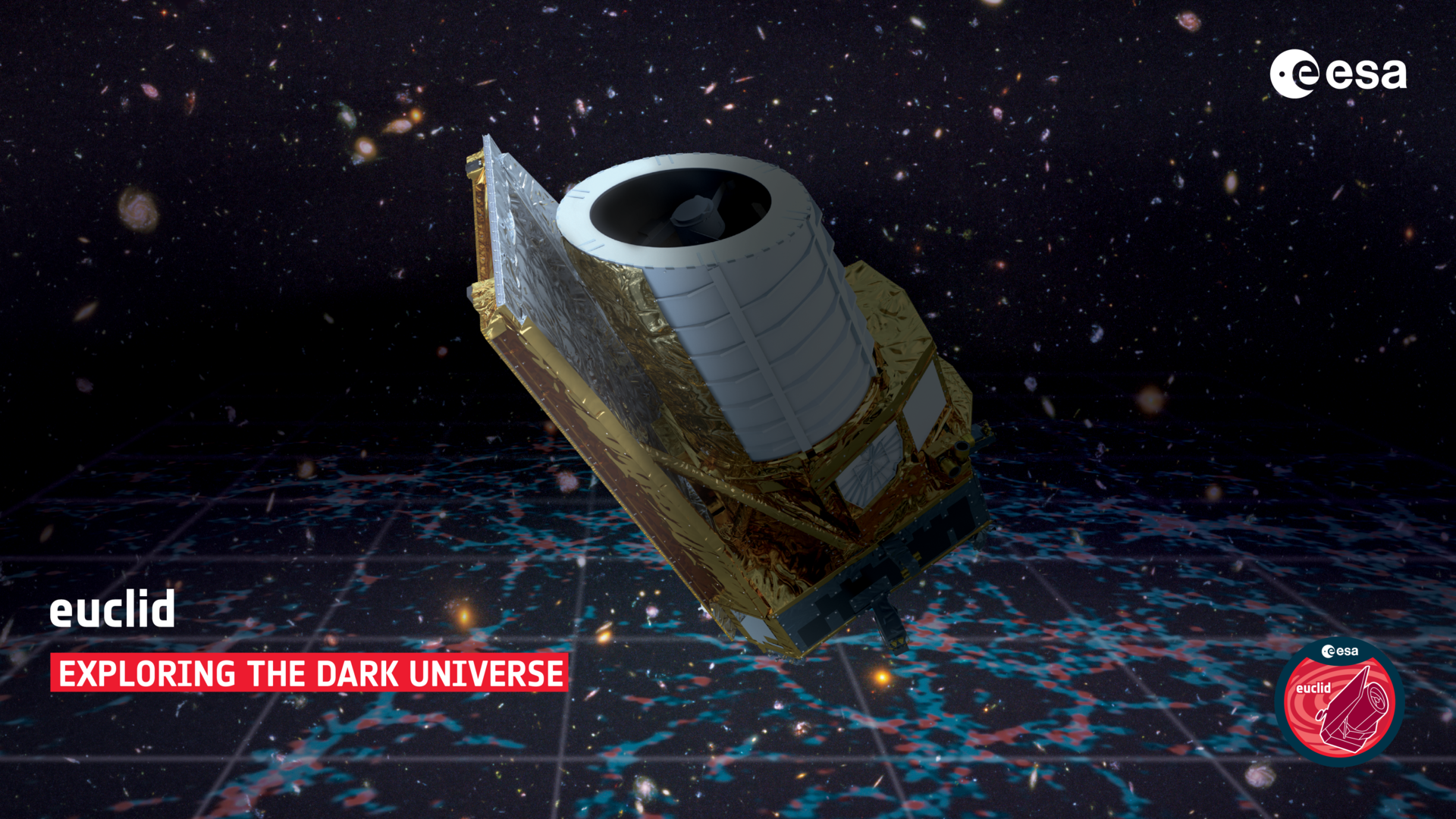Florida, NFAPost: In a groundbreaking mission set to launch on July 1, the European Space Agency (ESA) is eagerly preparing for the liftoff of its state-of-the-art space telescope, Euclid. Poised to revolutionize our understanding of the universe, Euclid’s primary objectives involve unravelling the enigmatic nature of dark energy and dark matter—two of the cosmos’ most pervasive yet elusive components.
Despite constituting over 95% of the universe, dark energy and dark matter have remained hidden from our direct observation, shrouded in mystery. Dark matter’s presence is inferred by studying the behaviour of visible matter, which behaves as if influenced by an additional gravitational force. Conversely, dark energy drives the accelerated expansion of the universe, creating an intriguing cosmic conundrum.
Euclid is equipped with two advanced scientific instruments, enabling a multifaceted exploration of the universe. The first instrument is a visible light camera designed to capture and measure the shapes of galaxies. The second is a near-infrared detector, enabling the measurement of galaxy brightness and distance. While other space telescopes have employed similar instruments individually, Euclid is set apart by its mission to survey an expansive celestial expanse, cataloguing more than one billion galaxies across a staggering one-third of the sky.
Mike Seiffert, a project scientist for Euclid at NASA’s Jet Propulsion Laboratory, likened Euclid’s unique perspective to a panoramic view of the heavens. “With Hubble and the James Webb Space Telescope, those are great observatories for looking at very small regions with very high sensitivity, extraordinary detail – but it’s a bit like looking at the sky through a tiny straw,” he explains. “With Euclid, we’re less interested in the properties of individual galaxies and objects than we are in measuring a few properties of many, many galaxies.”
Researchers intend to leverage these measurements to construct two types of comprehensive maps of the universe. The first map will rely on gravitational lensing, a phenomenon in which nearby matter distorts and magnifies the light emitted by objects situated behind it. By studying the apparent shapes of distant objects altered by gravitational lensing, scientists can gain insight into the distribution of matter in the lensing region. While the distortions are typically minuscule, Euclid’s six-year mission is anticipated to amass an enormous volume of data, allowing researchers to create a detailed map of matter distribution, including the elusive dark matter. Such knowledge will contribute to a better understanding of dark matter’s behaviour and potentially reveal its fundamental composition.
The second map employs baryon acoustic oscillations, which are ripples in the matter distribution of the universe. These ripples originated as sound waves shortly after the big bang, when the universe was a seething maelstrom of particles and radiation. As the cosmos cooled, these waves solidified, resulting in slightly denser regions where galaxies began to form as the universe expanded. By mapping these relic over-densities, scientists gain a powerful tool for investigating the mechanisms behind the universe’s accelerated expansion.
Seiffert emphasizes the significance of tracing the propagation of these wrinkles and comprehending how dark energy influenced their evolution. “Seeing how those wrinkles in the early universe propagated forward and how dark energy affected that will help us understand the evolution of the universe and, really, how the universe works,” he affirms. Assuming a successful launch, Euclid stands poised to unravel the mysteries that have tantalized astronomers for generations, ushering in a new era of cosmic enlightenment.
As the countdown to Euclid’s launch continues, scientists and space enthusiasts worldwide await eagerly, anticipating the profound insights this ambitious mission will yield.





